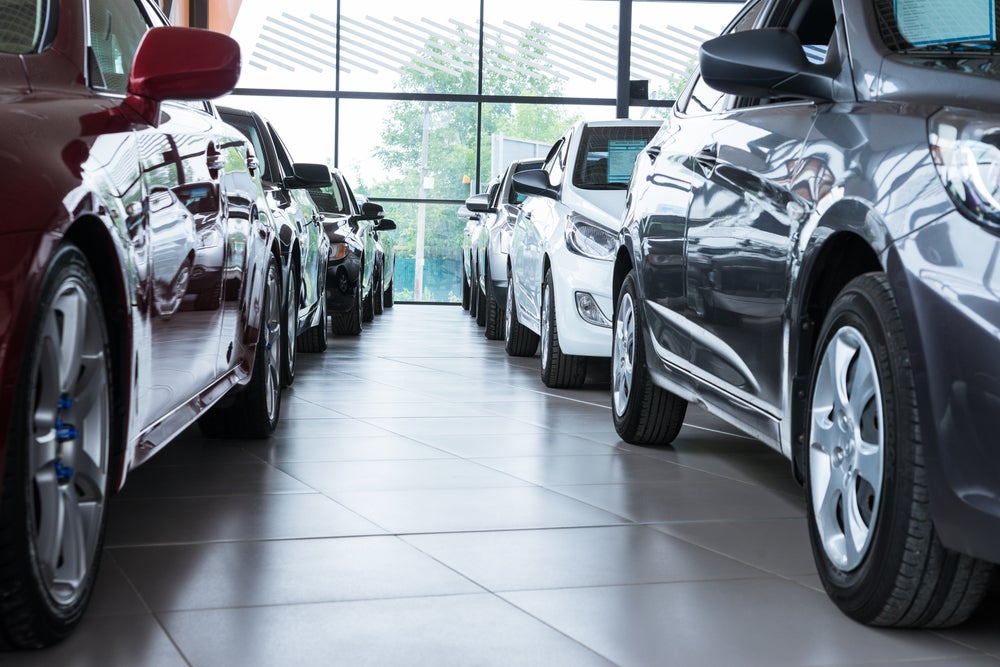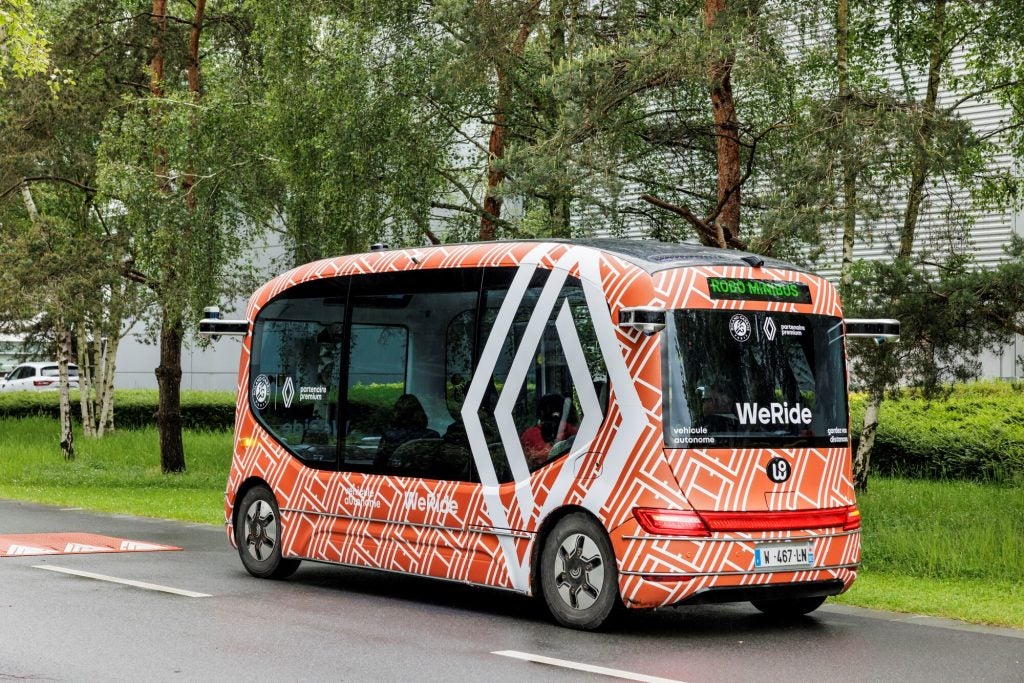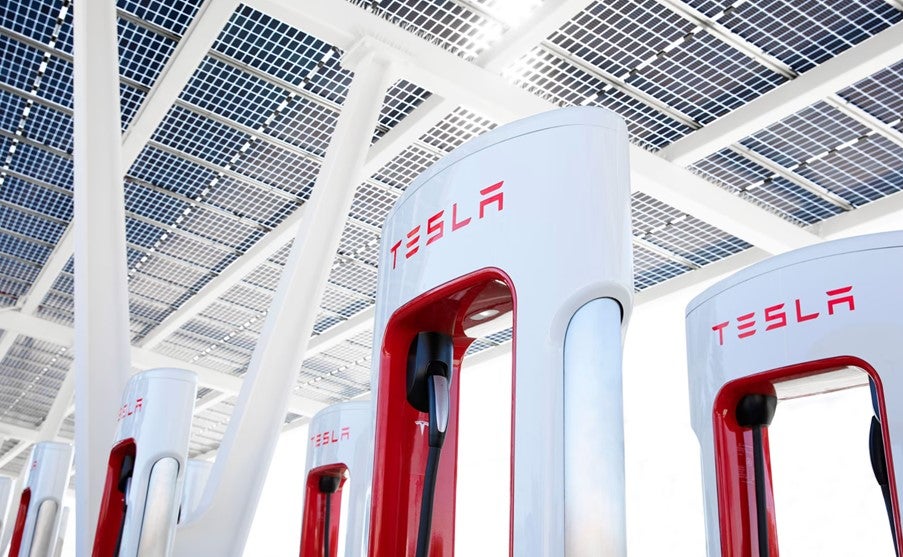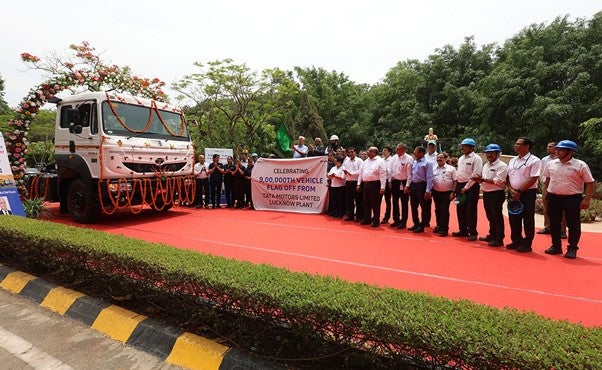CIE Automotive has been granted a patent for a sliding roof system for motor vehicles. The system includes front and rear lifting mechanisms, a connecting element, and various levers and sliders to facilitate the movement of the roof cover. The patent outlines the specific design and arrangement of these components. GlobalData’s report on CIE Automotive gives a 360-degree view of the company including its patenting strategy. Buy the report here.
According to GlobalData’s company profile on CIE Automotive, shock absorbing grille-guards was a key innovation area identified from patents. CIE Automotive's grant share as of September 2023 was 65%. Grant share is based on the ratio of number of grants to total number of patents.
Sliding roof system for a motor vehicle
A recently granted patent (Publication Number: US11718161B2) describes a sliding roof system for motor vehicles. The system includes a front lifting mechanism and a rear lifting mechanism, each assigned to a front and rear edge of the roof cover. A connecting element is arranged between the front and rear lifting mechanisms.
The rear lifting mechanism consists of a lifting carriage with a lifting slotted guide, a lifting lever, and a translating lever. The lifting lever is pivotably attached to a fixed bearing and has a guide element for the cover at its other end. The translating lever is pivotably connected to the lifting lever and is coupled to the lifting carriage through first and second sliders.
The lifting slotted guide of the rear lifting mechanism has multiple sections, including a low-level section, a diagonally upwardly extending section, a high-level section, a diagonally downwardly extending section, and a second low-level section. The first slider is located in the high-level section, while the second slider is located in the rearmost low-level section when the sliding roof system is closed.
Additional features of the sliding roof system include the translating lever being closer to the front lifting mechanism than the fixed bearing, the translating lever being connected to the lifting lever approximately centrally between its two ends, and the first slider being arranged at the end of the translating lever facing away from the lifting lever.
Furthermore, the distance between the second slider and the connection between the lifting lever and the translating lever is smaller than half the length of the translating lever. When the sliding roof system is in a state with the cover lifted, the first slider is located in the frontmost low-level section, and the second slider is located in the high-level section.
The lifting lever and translating lever are composed of two parallel part-elements, with the lifting lever accommodating the guide element between them. Similarly, the translating lever is arranged on the outside of the lifting lever's part-elements, and the lifting carriage has two opposite side parts that accommodate the translating lever's part-elements between them.
Overall, this patent describes a sliding roof system for motor vehicles that incorporates specific mechanisms and arrangements to facilitate the opening and closing of the roof cover.
To know more about GlobalData’s detailed insights on CIE Automotive, buy the report here.
Premium Insights
From

The gold standard of business intelligence.
Blending expert knowledge with cutting-edge technology, GlobalData’s unrivalled proprietary data will enable you to decode what’s happening in your market. You can make better informed decisions and gain a future-proof advantage over your competitors.







